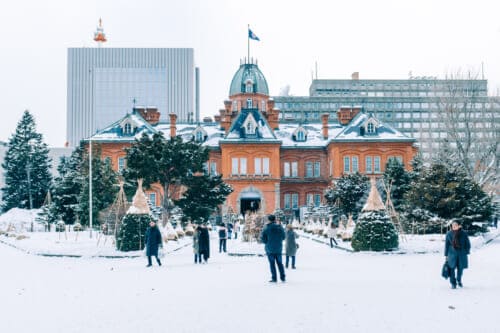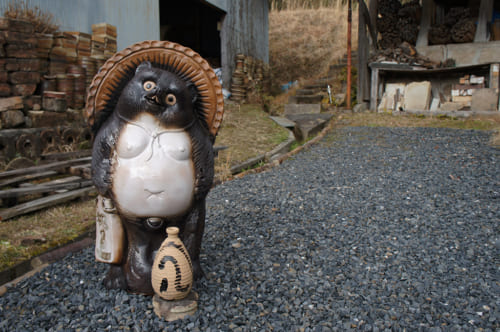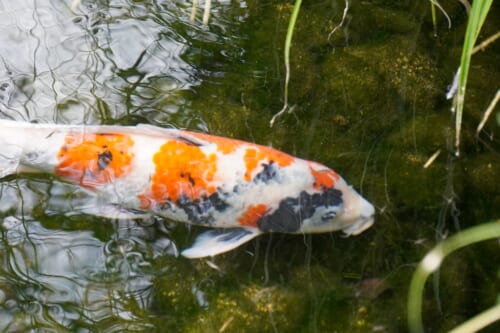Travel has always been a way for me to connect with new places, but my recent trip to Fukui felt truly extraordinary. My wife and I had been longing for a getaway that combined culture, food, and a sense of history — and Mikuniminato, with its coastal tranquility and old-world charm, offered an enchanting escape. The highlight of our time there was our stay at Auberge Homachi Mikuniminato, where we experienced a memorable French-inspired dining journey and a hands-on cooking class that immersed us in the region’s rich culinary traditions.
The Magic of Mikuniminato
As we arrived in Mikuniminato, we were immediately taken by the peaceful streets lined with traditional machiya houses. Their wooden beams and tiled roofs offered glimpses into the town’s storied past. The atmosphere was quiet and timeless, perfectly reflecting the town’s role as a once-vital port. Little did we know that our stay at the auberge would provide an even deeper connection to Mikuniminato’s cultural and culinary essence.
Auberge Homachi Mikuniminato is a collection of nine exquisitely restored machiya townhouses, each seamlessly blending traditional charm with modern comfort. Our room, Bishamon, featured exposed wooden beams and latticed bay windows, creating a deep sense of connection to the past. The main bedroom had two modern beds, and with a separate tatami room available, it offered a comfortable option for a group of three or four to stay in the machiya. The bathroom, with its large stone basin, was a standout feature, adding a luxurious touch to the space and enhancing the overall calming vibe. It was the perfect retreat after a day of exploring the town.
Terroir-Influenced Gastronomy
The culinary journey began with dinner at Tateru Yoshino Mikuniminato, the auberge’s restaurant led by acclaimed chef Tateru Yoshino. The multi-course French-inspired menu paid tribute to the region’s seasonal and artisanal ingredients, with each dish telling the story of Mikuniminato’s land and sea. One highlight was an hors d’oeuvre served in a martini glass — a layered combination of cauliflower mousse, seared scallops, and foie gras. The rich creaminess of the mousse paired perfectly with the delicate sweetness of the scallops and the indulgence of foie gras, creating a perfect introduction to the meal.
Another standout was the Echizen soba, elegantly presented on a gold plate with Koshino Ruby tomato puree and caviar. The soba’s nutty, earthy flavor contrasted beautifully with the sweetness of the tomatoes and the briny bite of the caviar, creating a symphony of textures and flavors. The main course was venison from Fukui Prefecture, served with a tangy framboise sauce and red currants. The venison’s depth of flavor was enhanced by the fruity sauce, while the currants added an unexpected burst of tartness, tying the dish together. Each course was thoughtfully crafted to highlight local ingredients, with the option to pair exquisite wines carefully selected to complement the flavors. Guests can choose to include a drink pairing or savor the beautifully prepared dinner on its own.
Classes in Local Cuisine
The next morning, we were excited for a cooking class that would take us deeper into the region’s food culture. A local instructor arrived at our machiya and guided us to the kitchen, where we prepared traditional dishes using local ingredients.
The star of the class was Mikuni’s renowned sweet shrimp, prized for their tender texture and natural sweetness. We also worked with Sannenko shallots, grown in the sandy soils of the Sanrihama Dunes and celebrated for their crisp texture and mild flavor. Another ingredient was momi-wakame, a local seaweed hand-rubbed and sun-dried to preserve its briny, umami-rich flavor.
Together with the instructor, we prepared several dishes that were as delicious as they were steeped in tradition. One standout was shio-iri, a local fish first boiled in salt water with the same density as seawater, then roasted to enhance its flavor. The simplicity of the dish allowed the natural flavors of the fish to shine. We also made crispy sweet shrimp katsu, served with tartar sauce made from marinated Sannenko shallots. The shallots’ tangy punch paired perfectly with the shrimp’s sweetness.
For an unexpected treat, we made caramelized kombu, crispy seaweed coated in a sweet glaze and topped with crushed almonds. The combination of saltiness and sweetness delighted the palate in a surprising and satisfying way. To accompany these dishes, we cooked freshly steamed rice topped with momi-wakame flakes, whose umami richness elevated the simple rice. For dessert, we made warabi mochi, a soft, jelly-like treat dusted with nutty barley powder — a regional twist on the classic soybean-covered version.
Throughout the class, I felt a deep connection to the food we were preparing. It wasn’t just about cooking; it was about understanding the story behind each ingredient and learning techniques passed down through generations. The entire experience was as much about the culture as it was about the cuisine, offering us a deeper appreciation for the people and traditions of this port town.
Indelible Memories
Our time at Auberge Homachi Mikuniminato wasn’t just about enjoying luxurious accommodation or exceptional food — it was a journey into the heart of the region’s culture and traditions. From the harmonious flavors of the French-inspired dinner to the hands-on cooking class that brought local ingredients to life, every moment enriched our connection to this beautiful port town. As we left Mikuniminato, we carried with us more than just fond memories of its picturesque streets — we brought a deep appreciation for the region’s culinary heritage and the stories behind its food.







No Comments yet!